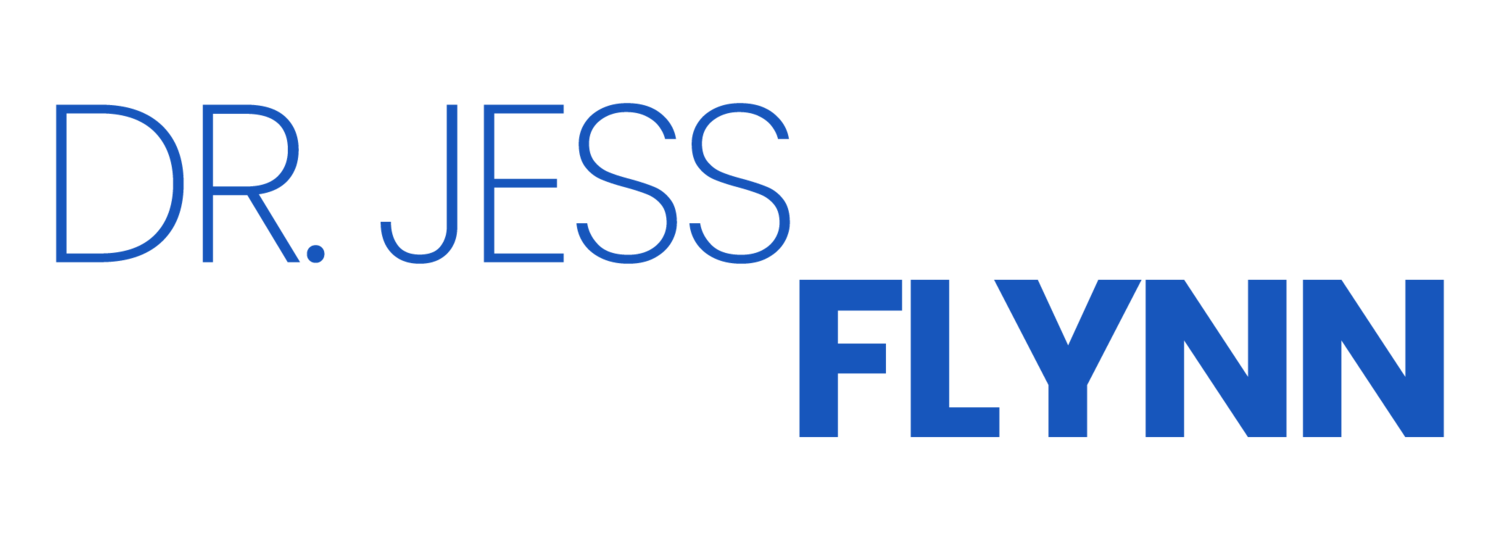Is there a Quarterback Situation?
Let's face it - in New England we've taken for granted the health of our quarterback. Tom Brady is super-human. Maybe it's the nightshade-free diet, maybe it's a learned ability to avoid high risk tackles, maybe he's just tougher than the rest. Now, in Tom Brady's court-ordered absence, we have ourselves a situation.
Jimmy Garoppolo
After 5 quarters of poise under center, the young Jimmy Garoppolo was taken down by Kiki Alonso directly onto his throwing shoulder. It was clear that he would not return to the game and was taken immediately to the hospital for further evaluation. Reports swarmed - "AC sprain" or "shoulder separation?" Sources close to the situation reported everything from 1-6 week recovery time and some members of the Boston media began to question Garoppolo's toughness. Reports now seem to have focused on a Grade 2 AC joint injury.Naturally as a sports doc in Boston I know just a few Patriots fans with 2 questions.What is a Grade 2 AC injury and when can he play??The Acromioclavicular (AC) joint is a small joint in the front of the shoulder between the end of the collar bone (clavicle) and the tip of the shoulder (acromion). Multiple ligaments (rubber bands that connect one bone to another bone) hold this joint together. An injury to the AC joint usually occurs when there is a direct fall onto that shoulder. In an AC joint injury the ligaments can be stretched or torn. A stretch of the ligament is called a sprain. Because the degree of injury to the AC joint is important in determining treatment and return to play there are a few grading systems that medical providers use to describe them.http://www.sportsandortho.com/UserFiles/SeparatedShoulder2.jpg(Image courtesy of Sportsandortho.com)A grade 1 injury is a sprain (stretch) of the ligaments holding the acromion and clavicle together. This hurts, especially in a throwing arm. I will pause here to remind you that I have not examined this athlete, am in no way involved in his care, and cannot comment on him specifically. However, it is pretty common for a professional athlete with a grade I sprain to either continue to play through discomfort or disappear to the locker room for a quick numbing injection into the AC joint with a return to the game later. It is atypical for an athlete with a grade 1 injury to be transported to the hospital for further evaluation/MRI.A grade 2 injury is a tear, not a sprain. Some of the ligaments that hold the end of the clavicle to the tip of the shoulder are torn. There is often a small "bump" visible on the front of the shoulder in this injury. This injury is much more painful to throw through. Typically there is not much movement across the AC joint during a throw. With the ligaments torn, there is much more movement through the joint and this grinding/popping results in more pain.A grade 2 AC injury in the throwing arm would be a very tough injury for a quarterback to return to play in 4 or 5 days. An athlete with a grade 2 separation is ready to return to throwing when he or she has full range of motion of the shoulder and can tolerate the level of pain. Yes, pain tolerance is part of this, but there is a significant mechanical component too. Remember, even Tom Brady had surgery to deal with what was reported as a grade 2 injury after he played through a quarter or so of pain. Is it feasible that Jimmy could return to play against Buffalo in 10 days? Yes. The team will know more over the next few days as his range of motion improves and he attempts to throw a football. A numbing injection on gameday will likely help as well.
Jacoby Brissett

Start your rookie third-string quarterback as the only QB on your roster on Thursday night football and what could go wrong? Vince Wilfork of ESPN Body fame unloading his glorious 325 lbs (cough) on your throwing thumb is what. It is being reported that this play in the third quarter is the likely cause of injury to a ligament in the thumb of Jacoby's throwing hand.(Image courtesy of Boston Globe, CBS screen capture)Initial reports were that he tore a ligament in his thumb that would require immediate surgery. After I checked the calendar to make sure that it wasn't April 1st it hit me that this report just didn't quite make sense...The most common ligament injury in the thumb that would require quick surgery is a complete ulnar collateral ligament (UCL) tear. This may sound familiar to all you baseball fans out there because there is also a UCL in the elbow and this is a common career-altering injury in pitchers. The UCL is usually injured when the thumb is forces into valgus (bent sideways). This injury is common in skiers who get their thumb stuck in the strap of a ski pole. Another name for this injury is "gamekeeper's thumb." I'll let you wiki-google the reason for that moniker...The UCL is necessary for what we call "pincer grip." When you make the A-OK sign with your hand you are using pincer grip, pinching between your thumb and pointer finger. Pincer grip is important for picking up anything. Pincer grip is necessary for holding and throwing a football. When my husband sustained a career-ending UCL tear in over-the-hill football he knew it was a full tear because he could not turn his car key in the ignition. In a UCL injury the ligament can be stretched, partially torn, or fully torn. When it is fully torn it retracts like a Slinky and gets caught in the hand so it needs to be found and surgically repaired.Full-thickness UCL tears require surgery and a minimum of 10-12 weeks of recovery to make sure that the repair heals in. It would not be typical for a quarterback to be able to throw even a few bullet passes after a complete UCL tear. It would not be typical for a QB to high-five his teammates with his injured hand after a complete UCL injury. It would be typical for a QB who definitely needs surgery on his thumb to wear a splint right after the game and maybe even to grab a bag of ice.This leaves us in the grey area of a likely partial tear or UCL sprain (if there even is a thumb injury). Even a sprain of the UCL in the throwing hand of a quarterback can keep them out of the game. Ball security becomes an issue with inability to fully grip the ball and throwing is even more difficult. We usually quiet down the inflammation with a splint and wait and see. Ten days is possible. A partial tear is more complicated. A partial tear will not heal in 10 days. The concern is that a partial tear can be further injured and become a full tear that requires surgery - not something a young quarterback should risk in his throwing hand. I'd advise against a rushed return. Partial UCL tears are usually treated with immobilization and protected until the ligament fully heals. If the athlete is left with chronic instability then surgical repair is considered. Surgical repair of the UCL is not assured to have a good outcome and sometimes athletes are left with chronic instability of the thumb, a career-altering issue for an NFL quarterback.
Who plays against Buffalo?
Your guess is as good as mine - and as a side note, doctors don't like to guess. My prediction, assuming the above injury reports are true, is that a grade 2 AC joint separation will recover enough in 10 more days to be able to play. If the UCL sprain is minor, maybe JB could dress as a back-up, but if there is tearing of the UCL then I doubt we'll see him.


